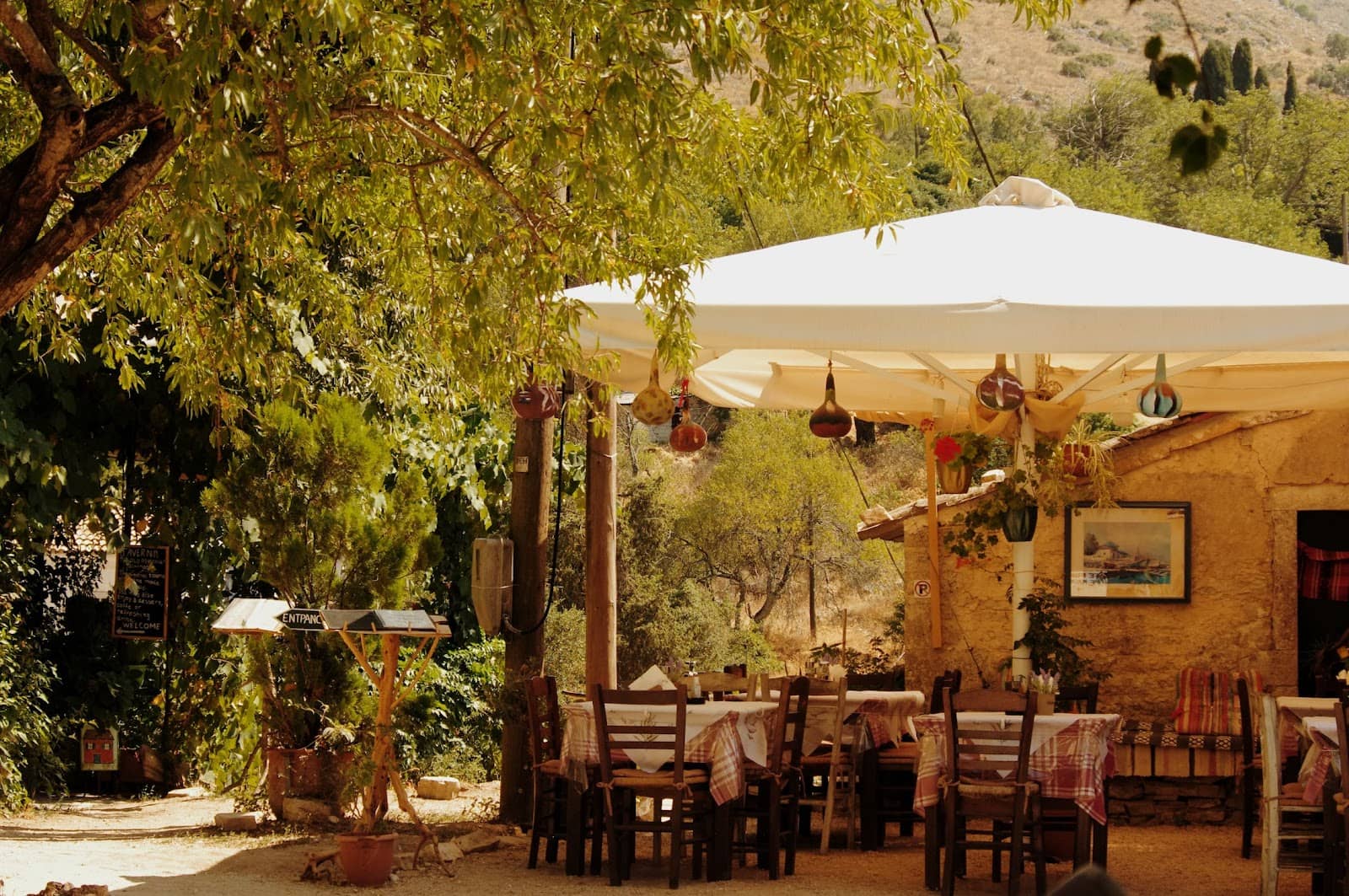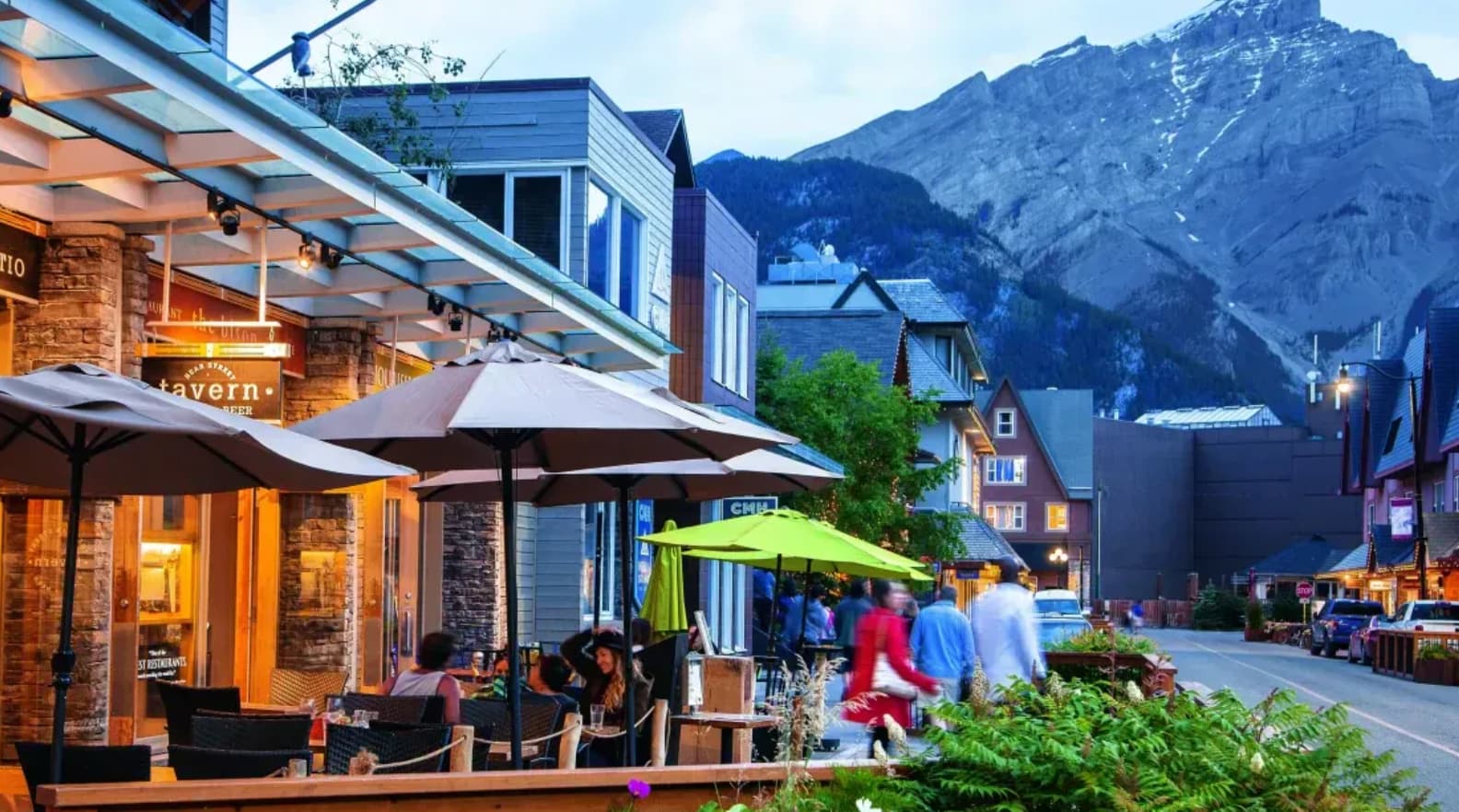When night falls and the city lights flicker to life, many find themselves drawn to the warmth of a local bar or tavern. These establishments, each with their own unique history and culture, serve as social hubs where stories are shared over drinks. While both offer a retreat from the daily grind, they differ in atmosphere, clientele, and offerings. This review delves into these differences, providing a guide to what patrons can expect from a night out at either a bar or a tavern.
Atmospheric Differences
Bars often exude a modern, vibrant ambiance. With curated playlists or live music, they are the beating heart of the city’s nightlife. Neon signs, thematic decor, and dim lighting are common, creating an energetic space that’s both exciting and edgy. The contemporary design of bars often reflects current trends, with sleek furniture, artistic installations, and state-of-the-art sound systems. Many bars also embrace a theme, whether it’s a 1920s speakeasy, a futuristic lounge, or a sports-centric hub, adding to their unique character. This environment is not just about drinking; it’s about experiencing an urban, trendy lifestyle.
In contrast, taverns are reminiscent of a bygone era. With their wooden interiors, soft lighting, and often historical memorabilia adorning the walls, taverns offer a cozy, welcoming space. The rustic charm of a tavern is palpable, with its sturdy oak tables, vintage photographs, and perhaps a collection of antique ale mugs on display. It’s not uncommon to find a roaring fireplace in a corner, adding to the homely feel. The atmosphere in taverns speaks to tradition and history, often serving as a local landmark. These establishments tend to embody a sense of timelessness, offering a quiet escape from the fast pace of modern life. The warm, inviting ambiance of taverns makes them ideal for leisurely evenings, filled with deep conversations and a sense of belonging.
This stark contrast in atmosphere between bars and taverns underlines the diverse needs they cater to. While bars offer a glimpse into the vibrant, ever-evolving urban culture, taverns provide a comforting, nostalgic retreat into a more relaxed and timeless setting.
Beverage and Food Offerings
The bar scene is typically defined by an extensive selection of beverages, from craft beers to inventive cocktails. Bars are often at the forefront of the mixology movement, with skilled bartenders crafting drinks that are as visually stunning as they are delicious. These establishments might feature a rotating selection of craft beers, showcasing local and international breweries, or a cocktail menu that changes seasonally, incorporating fresh, unique ingredients. Bars may offer a limited food menu, often focusing on snacks or small plates that complement the drinks. These could range from gourmet sliders and artisanal cheeses to fusion tacos and exotic tapas, each dish designed to enhance the drinking experience.
On the other hand, taverns often boast a more robust food menu. Traditional, hearty meals like stews, pies, and roasts are common, reflecting a home-cooked style. The menu in a tavern is likely to feature comfort food, dishes that are steeped in regional culinary traditions, offering a taste of local flavors and ingredients. It’s not unusual to find a tavern with a signature dish, be it a family recipe for pot pie or a locally sourced beef stew, which becomes a draw in its own right. The drink selection, while varied, tends to lean more towards classic choices like ales and wines. Taverns might showcase a range of local ales, supporting regional breweries, or offer a selection of wines that complement their food offerings. The emphasis in taverns is on creating a harmonious dining experience, where the food and drink are equally important and complement each other.
This difference in focus reflects the core identities of these establishments. Bars are about exploring the art of drinks, offering patrons a chance to taste new and innovative concoctions. Taverns, meanwhile, are about providing a comforting, nourishing experience, where the food and drink serve as a backdrop to relaxation and conviviality.
Clientele and Social Interaction
Bars generally attract a younger, more fashion-forward crowd. They are places to see and be seen, buzzing with groups of friends and individuals looking to socialize and unwind. The atmosphere in bars is conducive to meeting new people. Taverns, conversely, often cater to a more diverse age group, including regular patrons who have been visiting for years. The environment in a tavern is more conducive to intimate conversations and a sense of community.
Cultural and Entertainment Aspects
Cultural elements in bars and taverns can be distinctly different, reflecting their unique roles in the social fabric. Bars, with their pulse on contemporary trends, often become venues for cultural expression and experimentation. They might host themed nights that celebrate different cultures or eras, from Latin nights with salsa dancing to 80s retro parties. DJ sets and live bands in bars are not just entertainment; they are a showcase of the latest in music, often featuring emerging artists or popular local DJs. This creates an atmosphere that’s not only lively but also culturally enriching, offering patrons a taste of the diverse musical landscape.
Taverns, conversely, often focus on more traditional forms of entertainment that resonate with a sense of nostalgia and community. Live folk music, for instance, can be a regular feature, offering a platform for local musicians to share songs that have been passed down through generations. Quiz nights in taverns are more than just a game; they become a communal event, bringing together neighbors and friends in a spirited competition that often includes questions about local history or traditions. Such events strengthen community bonds and celebrate local heritage, making taverns integral to preserving and fostering regional culture.
This distinct approach to culture in bars and taverns underscores their roles: bars as spaces for contemporary cultural exploration and taverns as keepers of tradition and community spirit. Both, in their own ways, contribute to the cultural richness of a society, offering spaces for socialization, entertainment, and cultural engagement.
Service and Pricing
Service in bars can indeed be fast-paced, echoing the dynamic and bustling environment these establishments often boast. Bartenders in bars are typically well-trained to handle a high volume of orders, delivering an array of complex cocktails and drinks with both speed and precision. This efficiency is key in maintaining the lively rhythm of a bar, especially on busy nights when the crowd swells. Despite the quick pace, many bartenders in these settings also possess the flair and charisma to add an element of entertainment to the drink-making process, turning cocktail preparation into a captivating show.
In contrast, taverns often adopt a more relaxed approach to service. Here, the staff might have more time to engage in conversations with patrons, adding a personal touch to the dining experience. This can include sharing stories about the tavern’s history, offering recommendations from the menu, or simply engaging in friendly banter. This level of interaction helps in building a rapport with customers, fostering a sense of community and belonging.
Regarding pricing, bars, particularly those in trendy urban areas, often command higher prices. This is reflective not just of their prime locations but also of the sophisticated ambiance and the premium on innovative drink concoctions. On the other hand, taverns, while also varying in price, generally tend to offer more value for money in terms of both food and drink. This is especially true for taverns located in smaller towns or rural areas, where the focus is on providing hearty, satisfying meals and drinks at more affordable prices. Taverns often serve as community gathering places, and their pricing strategy is usually aligned with the economic realities of their regular clientele.
This difference in service style and pricing between bars and taverns underscores the varied experiences they offer. While bars provide a fast-paced, stylish environment ideal for a night of indulgence, taverns offer a homely, value-oriented setting perfect for relaxed socializing.
Conclusion
In conclusion, bars and taverns cater to different experiences. Bars are ideal for those seeking a lively night out with a focus on innovative drinks and a bustling social scene. Taverns offer a more relaxed, homey atmosphere, ideal for enjoying a hearty meal and a drink in a setting that feels like an extension of one’s living room. Depending on the desired experience, both have their unique charm and appeal, contributing significantly to the tapestry of nightlife culture.



